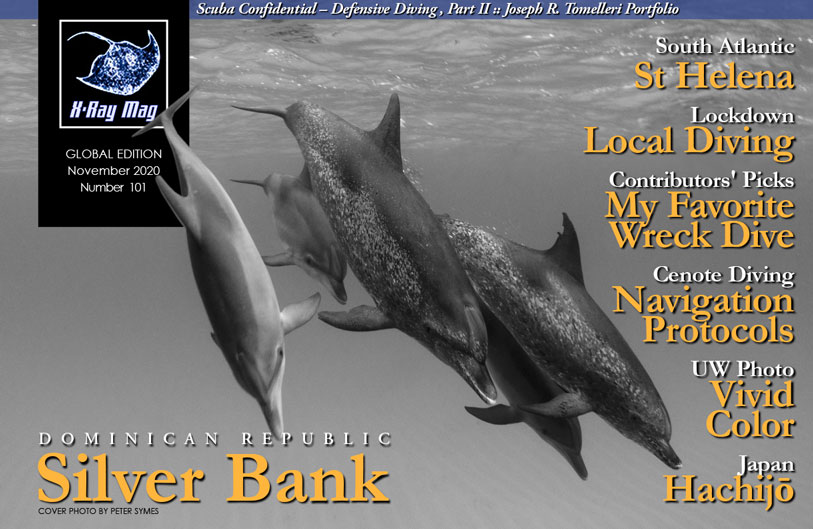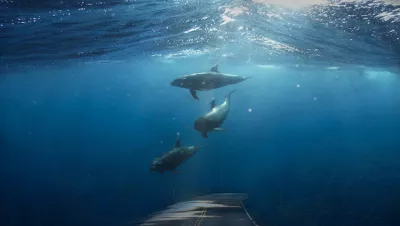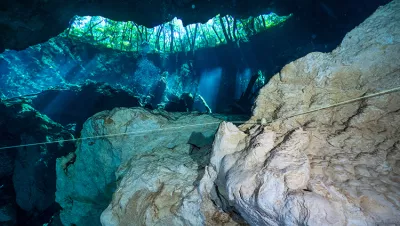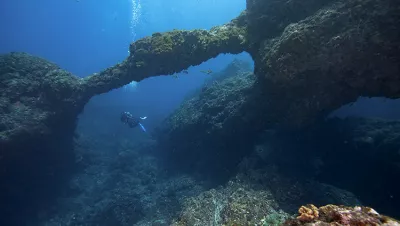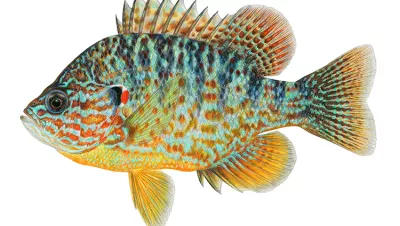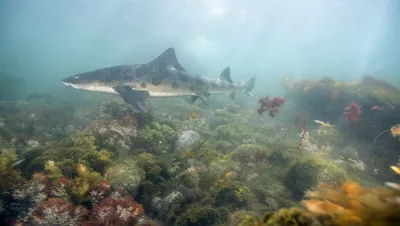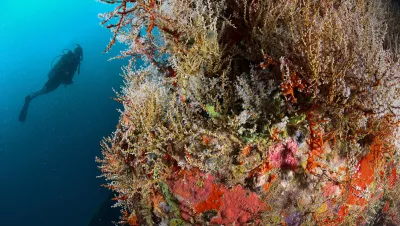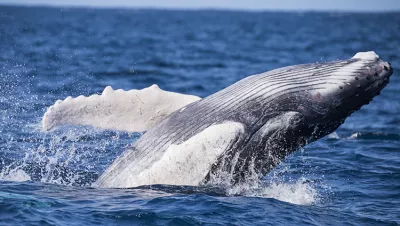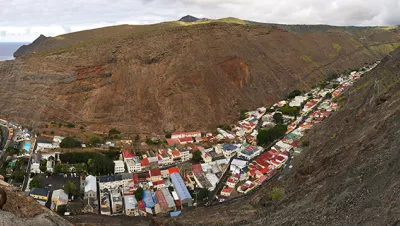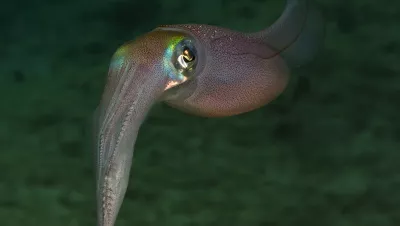In Part I of this two-part series (see issue 100), I made a correlation between scuba diving and driving a car, particularly in the context of learning how to anticipate and assess dangerous situations, make well-informed sensible decisions and stay safe—things that motorists tend to group together under the catch-all phrase of defensive driving.
